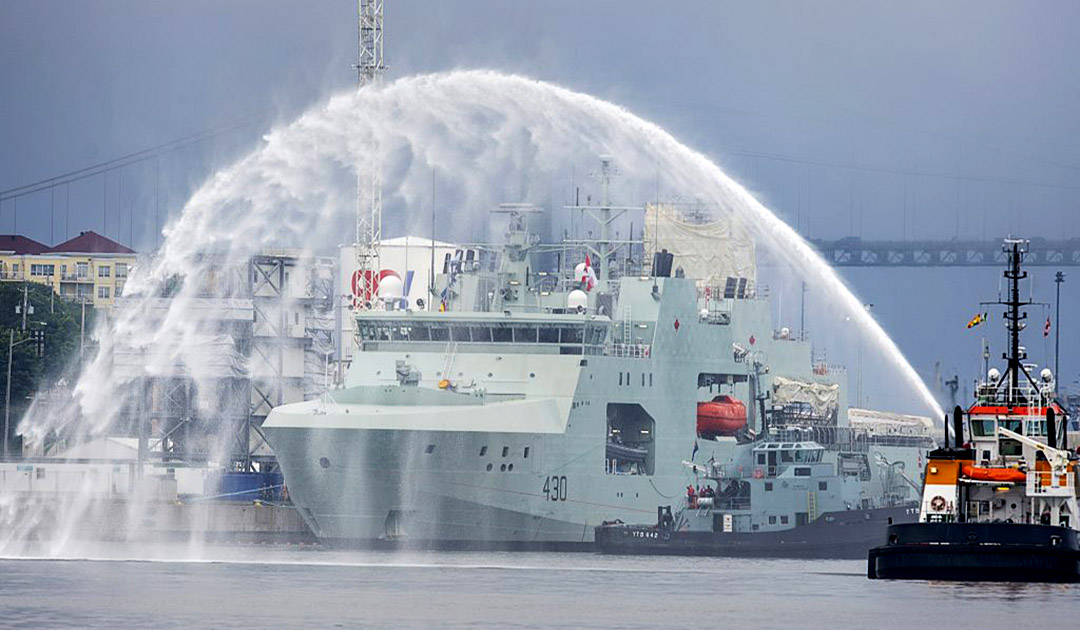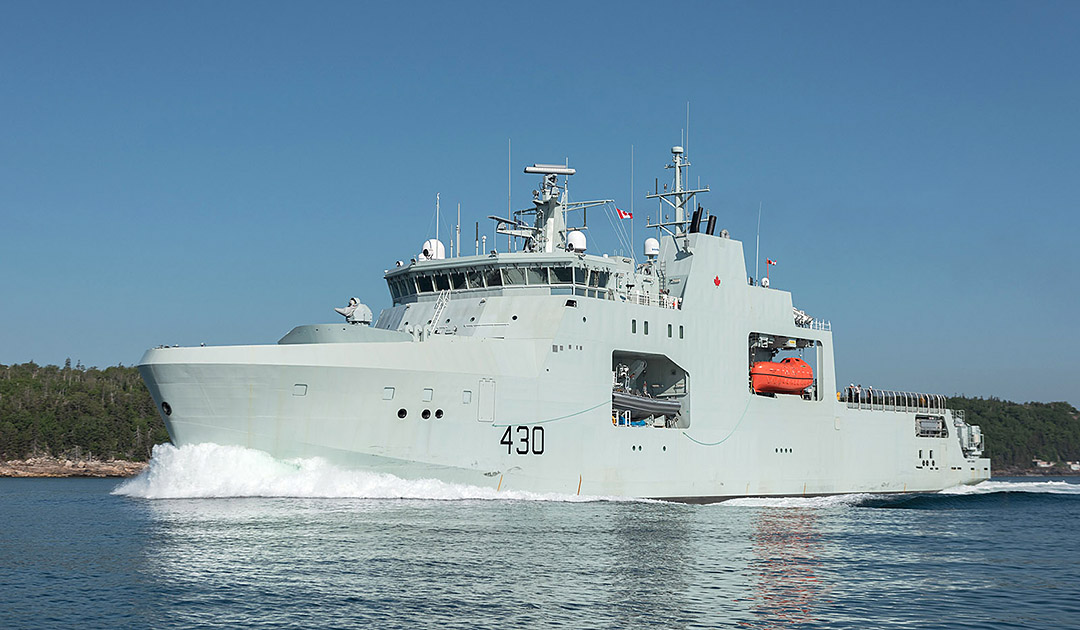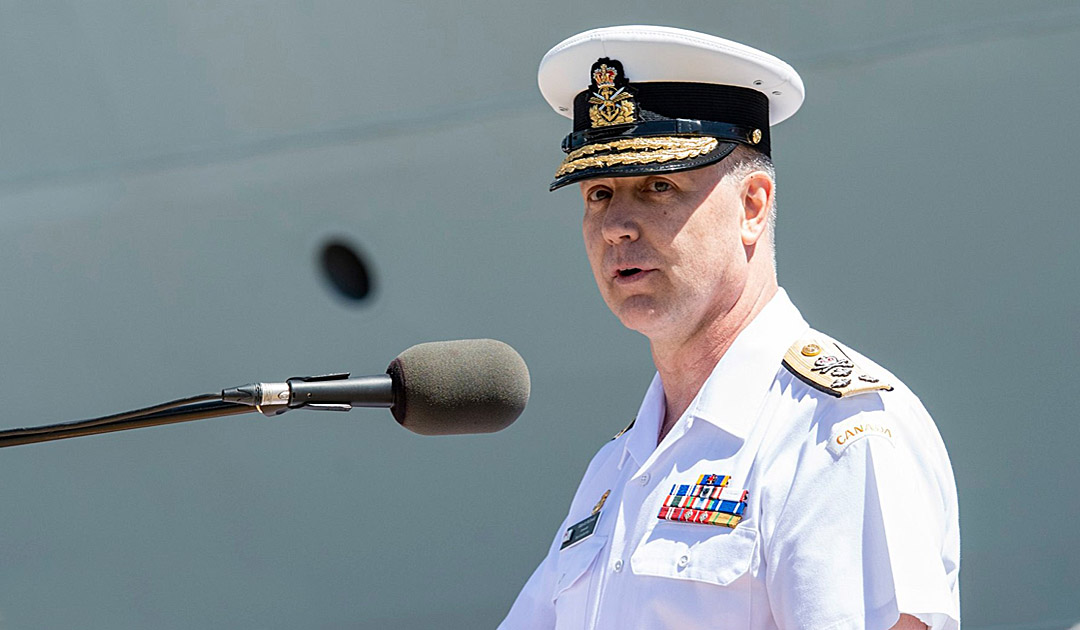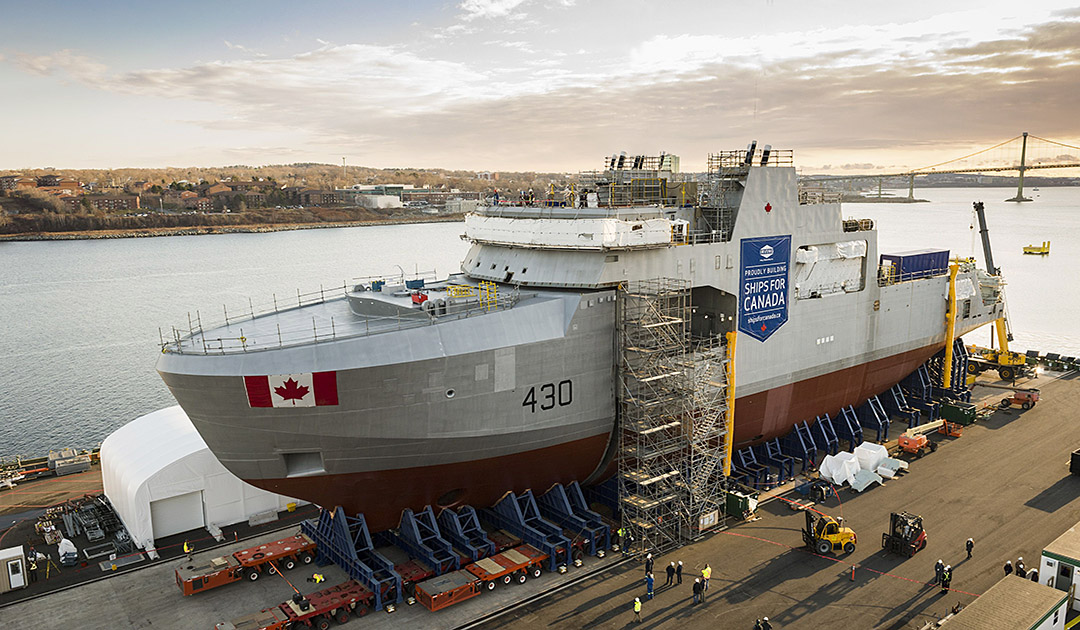
The Royal Canadian Navy is on the verge of entering a new era. The HMCS Harry DeWolf became the first armed warship to be handed over to the

The HMCS Harry DeWolf was welcomed in a ceremony at theCanadian Forces Base Halifax, five years after Irving Shipbuilding began building the Arctic patrol ship. Cost overruns and changes in the program caused delays and a two-year delay in delivery of the HMCS Harry DeWolf.
Leading naval officers attended the ceremony along with representatives of Irving Shipbuilding. In the next few years, more ships of this type are planned for the Navy and the Canadian Coast Guard.

The ‘namesake’ Harry DeWolf was a naval officer who retired in 1960 as Chief of the Naval Staff. During World War II, he became known as the commander of the “HMCS Haida”, known for daring tactical maneuvers and the sinking of numerous enemy ships, especially in the English Channel.
Former Prime Minister Stephen Harper first announced plans to build up to eight armed Arctic patrol vessels in July 2007. In October 2011,
Technical problems were blamed for the postponement of the delivery date several times. Due to COVID-19,

Despite these setbacks, Rob Huebert, a professor at the University of Calgary,described the arrival of the HMCS Harry DeWolf for the Royal Canadian Navy as an ‘amazing step forward’. It is the first ship built specifically for military operations in the Arctic since the 1950s. And there could be no better time as more countries begin to increase their interest and military footprint in the Arctic, which is becoming increasingly accessible due to climate change, said Huebert, who is an expert on Arctic policy.
The Royal Canadian Navy is just the latest naval force to join the battle in the far north. Russia, the US, China, and some European countries have expanded their maritime capabilities in the region in recent years as part of what appears to be slow military build-up.
Heiner Kubny, PolarJournal





